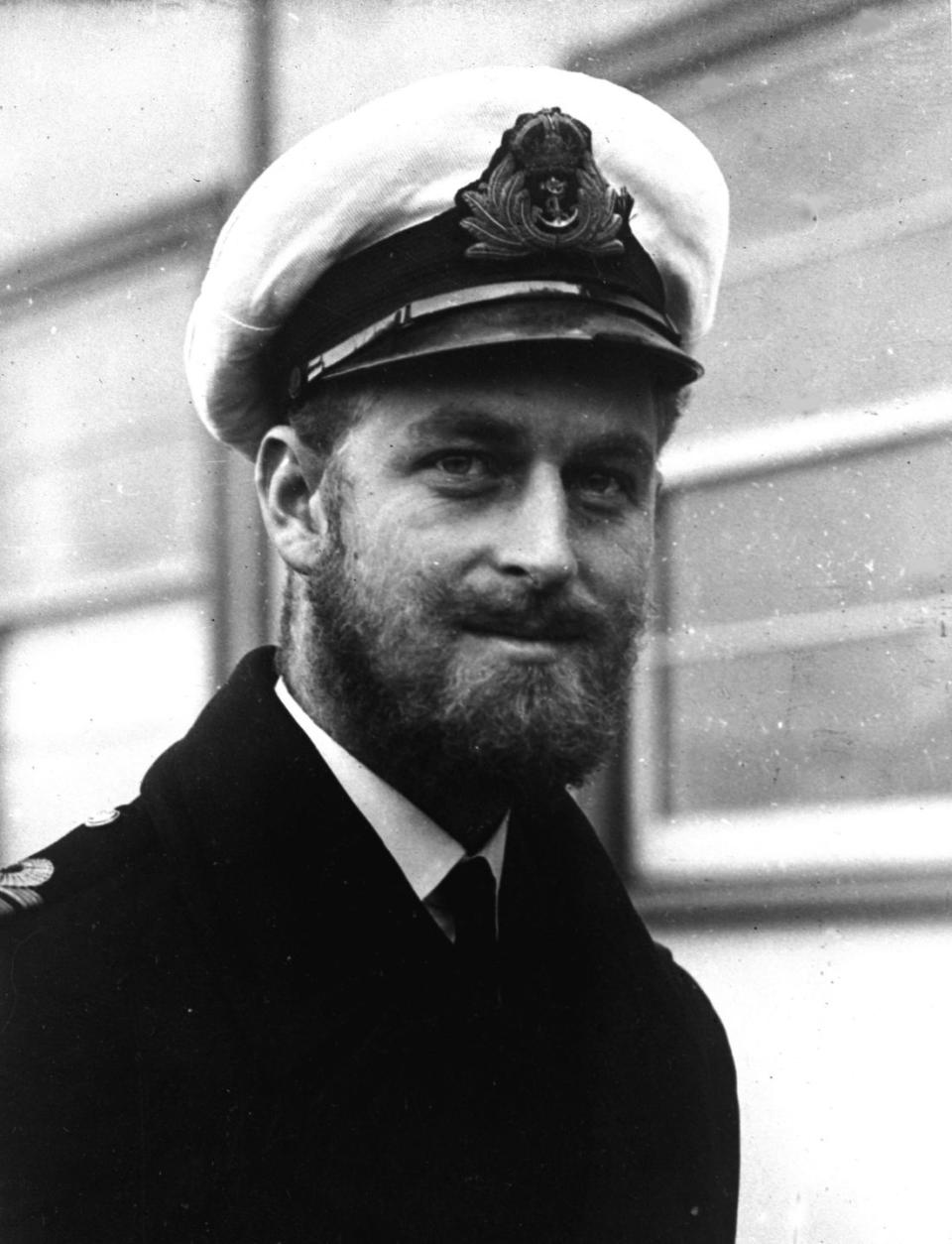A Brief History of Prince Philip's Career in the Military

A lot of things have been conveniently forgotten over the years about Prince Philip, the Duke of Edinburgh, who died aged 99 on April 9. The fancy uniforms, the spoken gaffes, and the occasionally dodgy views are all etched in concrete and easily trundled out. What’s less remembered are 70 years of service to the crown, a lifelong and tireless devotion to charities, and a progressive devotion to the advancement of science and new ideas. Long before his son, Philip spoke about what he regarded as a new menace, “a hotly-debated issue directly attributable to the development of industry...the build-up of carbon dioxide in the atmosphere." But before he became number two to the most famous woman in the world, the Prince had a blooming career in the Navy, most of it at war.
In February 1947, Euro blue-blood Prince Philip Schleswig-Holstein-Sonderburg-Glücksburg shed his unwieldy surname like an uncomfortable coat, and became a British citizen, renouncing his claim to both the Greek and Danish thrones. Now being called just plain Philip Mountbatten (his mother’s maiden name as well as that of Lord Louis Mountbatten his uncle), it was all part of the big plan. In July he was presented to the nation as the fiancé of Princess Elizabeth, daughter of the King, and future Queen. He well looked the part of the dashing Prince, tall, blond and fit. It gave sooty, war-weary, starving Britain a boost.
Having a right-sounding name was a sensible move in the immediate aftermath of World War 2; Many of Philip’s relations were German; three of his sisters had settled in Germany and married Nazis. They were not invited to the wedding. Even more useful however was military service in the war. Despite the exotic quadruple-barreled name, Philip had spent most of his life growing up in England, and the last eight years in the Royal Navy which he joined in 1939 before war was declared, like anyone else, as a midshipman, the lowest rank of officer in the Navy.
Excelling in training at Dartmouth Naval College, he graduated top of his class. In further training he got the highest marks in four out of five parts of his exam and emerged a Sub-Lieutenant in 1940. After being pulled from two or three ships when they transferred to operations in the Mediterranean (as technically a foreigner), he was finally permitted to join the thick of it after Italy invaded Greece. In 1941 during the Battle of Matapan in Greece the young officer was mentioned in dispatches for picking out Italian cruisers lurking in the darkness while on searchlight duty on HMS Valiant. Five enemy ships were sunk that night. By 1942 he was one of the youngest Lieutenants in the Navy.

In later action on HMS Wallace during the invasion of Sicily in 1943, an event that only came to light twenty years ago, Philip devised and launched a burning wooden raft in the middle of an air raid, to act as a decoy to the repeated attacks of a German night bomber. Sailing from Britain to the Pacific in HMS Whelp, the Prince was present, on Whelp, at the official surrender of the Japanese on the USS Missouri in Tokyo Bay early in September 1945, just weeks after the dropping of the two atomic bombs on Hiroshima and Nagasaki. A 1995 video interview with Australian journalist Richard Astbury paints a picture of a man who expected no special treatment and plays down his service and his contribution to the war effort.
But the Navy was in his blood and were it not for the unavoidable fact of being married to the future Queen, he might have spent his whole working life in it. In fact he remained on active service until 1952, rising to the rank of Lieutenant Commander, when the ailing health of King George VI made it clear that his life was about to change forever. When the announcement finally came, while he and Princess Elizabeth were on safari in Kenya, that the King had died, his equerry Mike Parker reported, “He looked as if a tonne of bricks had landed on him.”
Want unlimited access to Esquire.com + an annual print subscription? Join Esquire Select.
You Might Also Like

